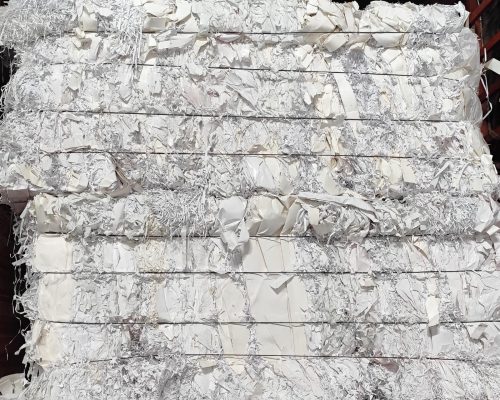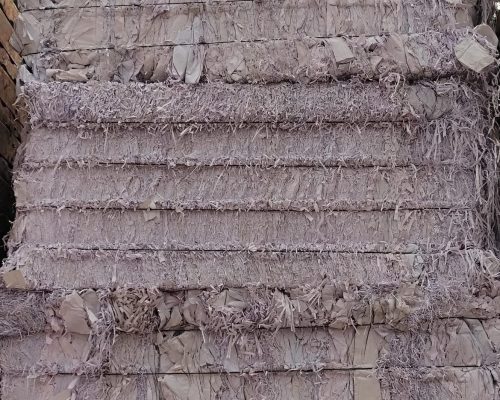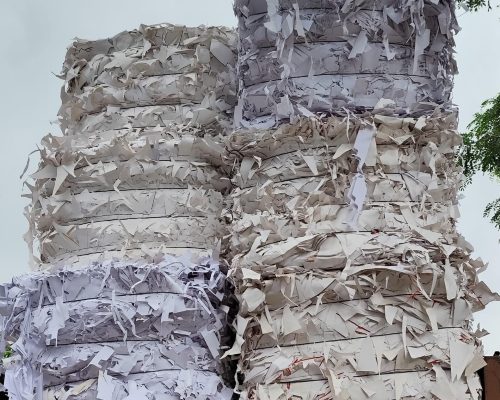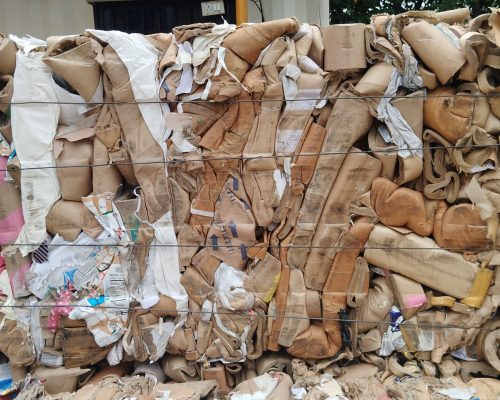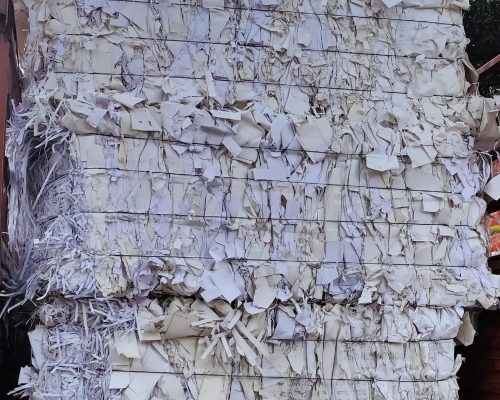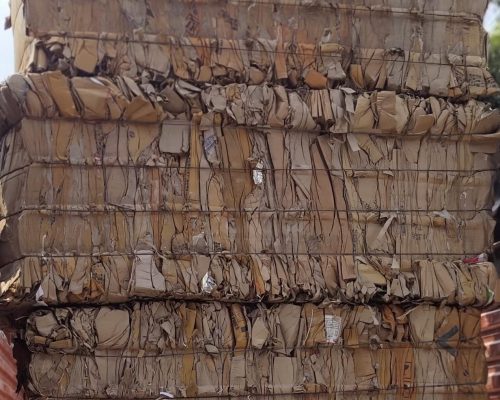Waste Paper
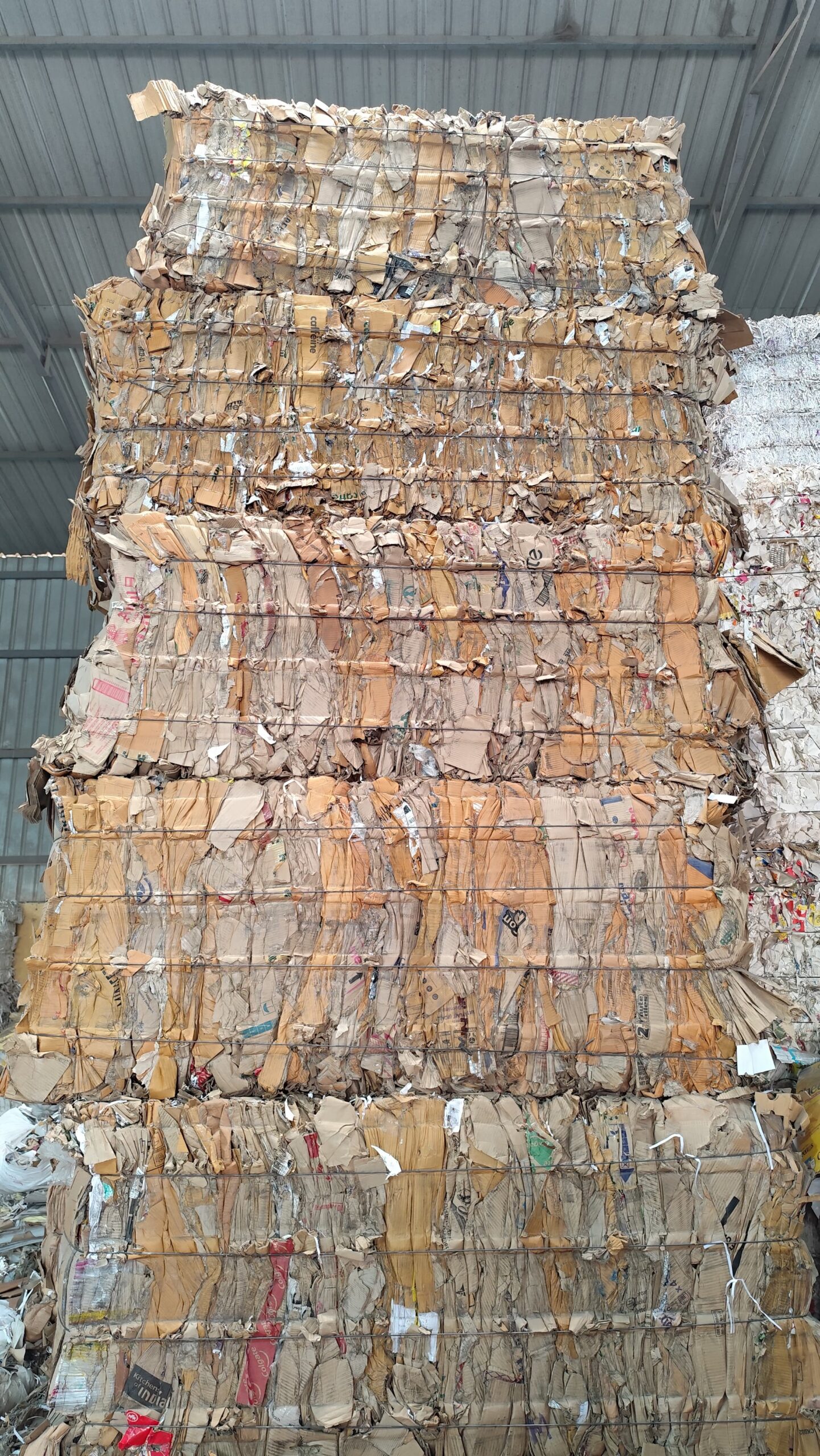
Waste paper holds significant importance in the operations of Shobhnath Papers LLP, your company. As a leading player in the paper industry, Shobhnath Papers LLP is deeply involved in the recycling and repurposing of waste paper. Waste paper refers to any paper material that has served its original purpose and is no longer needed. This includes discarded office paper, newspapers, magazines, cardboard, and packaging materials.
Shobhnath Papers LLP plays a crucial role in collecting, sorting, and processing waste paper to create recycled paper products. This process not only conserves valuable natural resources but also minimizes the environmental impact of paper production. By recycling waste paper, Shobhnath Papers LLP contributes to reducing landfill waste and energy consumption while promoting sustainability in the paper industry.
Additionally, Shobhnath Papers LLP may engage in partnerships with businesses, municipalities, and recycling facilities to streamline the collection and processing of waste paper. Through these collaborations, the company enhances its waste management capabilities and strengthens its commitment to environmental stewardship.


